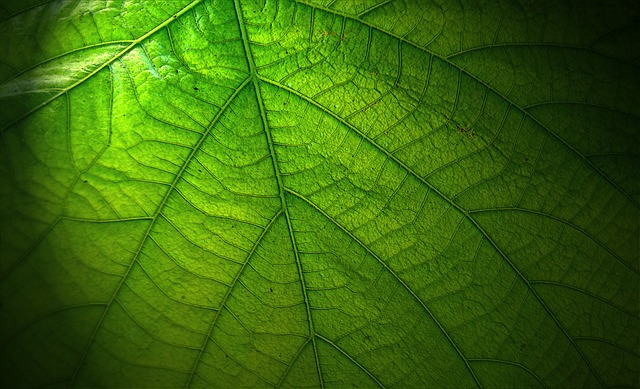Understanding Sharpness in Photography
When it comes to capturing that perfect shot, sharpness is often the key ingredient that can elevate your images from ordinary to extraordinary. Whether you’re shooting portraits, landscapes, or macro details, the clarity and crispness of your photos can have a profound impact on your storytelling. But what exactly does sharpness mean in the context of photography, and how do lenses play a role in achieving it?
The Importance of Sharpness
Sharpness refers to the level of detail in an image, defined by the contrast between adjacent pixels. In photography, sharper images not only look more professional but also engage viewers, drawing them into the moment you captured. Imagine the delicate petals of a flower rendered with such clarity that every vein and droplet of dew is visible—it’s a visual experience that resonates deeply with anyone who appreciates the art of photography.
How Lenses Influence Sharpness
When discussing sharpness, the choice of lens is paramount. Lenses have different optical designs that can significantly affect the sharpness of your images. A high-quality lens typically incorporates advanced optics to minimize distortion and aberrations, resulting in cleaner, more defined edges. As a photographer, understanding how different lenses contribute to sharpness can help you make informed decisions for various shooting scenarios.
Types of Lenses and Their Sharpness
Choosing the right lens for your camera is essential. Here are some common types of lenses and their attributes regarding sharpness:
- Prime Lenses: Known for their fixed focal lengths, prime lenses often have superior optics. They tend to produce sharper images and better low-light performance compared to zoom lenses, making them a favorite among photographers seeking maximum clarity.
- Zoom Lenses: While versatile, zoom lenses can vary in sharpness at different focal lengths. Higher-end zooms may offer impressive sharpness throughout their range, but mid-range options may compromise clarity at extreme ends.
- Macro Lenses: Specifically designed for close-up photography, macro lenses can render incredible detail, making them ideal for capturing the minutiae of your subject, from insect wings to the fine texture of fabrics.
Tips for Maximizing Sharpness
While the right lens can set you on the path to sharper images, there are also several techniques you can employ to enhance sharpness in your photos:
- Stabilize Your Camera: Use a tripod or stabilization techniques to reduce camera shake, particularly in low-light conditions or at slower shutter speeds.
- Optimal Aperture Settings: Most lenses achieve their sharpest results at certain apertures. Experiment with different settings to find the sweet spot for your specific lens.
- Post-Processing: Utilize software to enhance sharpness in your images. Adjusting contrast and clarity can bring out details and make your photos pop on the screen.
The Emotional Connection of Sharpness
Beyond the technical aspects, sharpness invokes an emotional response. A perfectly focused shot has the power to transport viewers into the scene, making them feel as though they are part of the moment you’ve frozen in time. Every detail counts when you’re trying to evoke a feeling through your photography, and sharpness becomes a bridge that connects the viewer to your vision.
In the world of optics, mastering sharpness is not just a technical skill; it is an artistry that can transform your photography. Embrace the nuances of lens selection and sharpen your approach to capturing the beauty around you. With practice and attention to detail, you’ll find that your photography in all its forms will flourish as you delve deeper into the art of sharpness.




